- Learning time
- 20 minutes
- First play time
- 40 minutes
Oh My Goods!
Designed by: Alexander Pfister
In Oh My Goods! players represent craftsmen in the middle-ages, competing to advance their trade by constructing a variety of buildings.
The game is made up of a large deck of cards, each of which (when face-up) represents a building. Face-down cards represent either money, or resources: wood, wheat, charcoal etc. Play begins with each player dealt a starting building – already ‘built’ for you – face-up on the table, and a hand of five cards plus some cash. You also have a Character card, who is used to show which of your buildings you want to activate during a given round.
Play goes through four phases: 1. the starting player draws a series of cards from the deck to represent the morning market. These are a communal pool of resources all players can use to activate their buildings, and the cards keep on coming until a second card showing a sun symbol is drawn. 2. Players all decide which building they want their character to activate, and choose a card from their hand to build (placed face-down, for now). 3. Then more cards are drawn representing the afternoon market – again, until two sun symbols are drawn. 4. Finally all players activate their chosen building, using resources from the market and/or cards from their hands: this will give you money. And they then – if they want to – pay money to construct the new building, flipping it over and paying the cost.
It’s important to note that all players can use all the resources shown in the market (they don’t get ‘used up’) but even so, choosing which existing building to activate can be a risk – hoping the resources you need will come out in the afternoon market! The risk/reward can be offset with how you place your character – they can activate a building properly (you need all the required resources) or sloppily (build it for one resource less) – the caveat being that a sloppily-activated building generate less cash; and you need cash to build more buildings!
Another crucial and potentially game-winning thing to note is that certain buildings combine together to turn better profits – so it pays to see how they link together.
Play continues until any one player has built their eighth building, at which point all buildings score their point value, and every 5 cash you have is also worth a point.
The guru's verdict
-
Take That!
Take That!
Player interaction here is minimal, so the only Take That is fate.
-
Fidget Factor!
Fidget Factor!
Once you know the game, low. Everyone only has two decisions to make - which card to activate, which card to build.
-
Brain Burn!
Brain Burn!
Low to moderate. The winner may be the person putting most thought into how their cards combine though.
-
Again Again!
Again Again!
The deck for this game is huge, so although none of the buildings are unique, there is variety to be had.

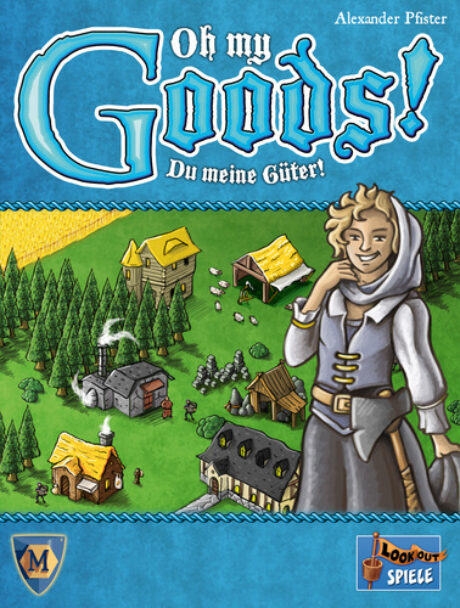
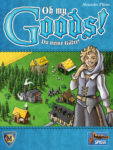

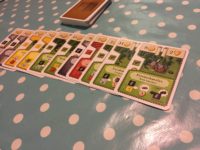
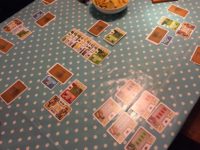
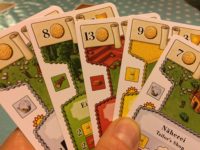


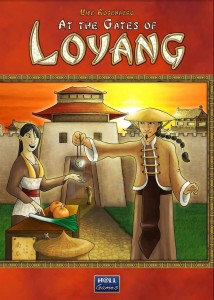

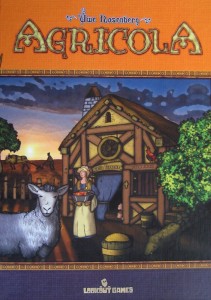
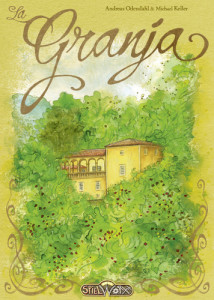
Sam says
For such a tiny box this contains a lot of game. It's a hard to one explain without sounding fiddly and unintuitive, but actually after a first play - even towards the end of a first play - you may find the game speeds along rapidly. It's not just a race to build 8 buildings, either, because you can potentially win with fewer than that if you are cash rich or your built buildings score a lot of points. It's a clever game, but for me, it didn't really seem very exciting or overtly fun - I think the title is rather misleading, actually, as it suggests something a little more madcap.